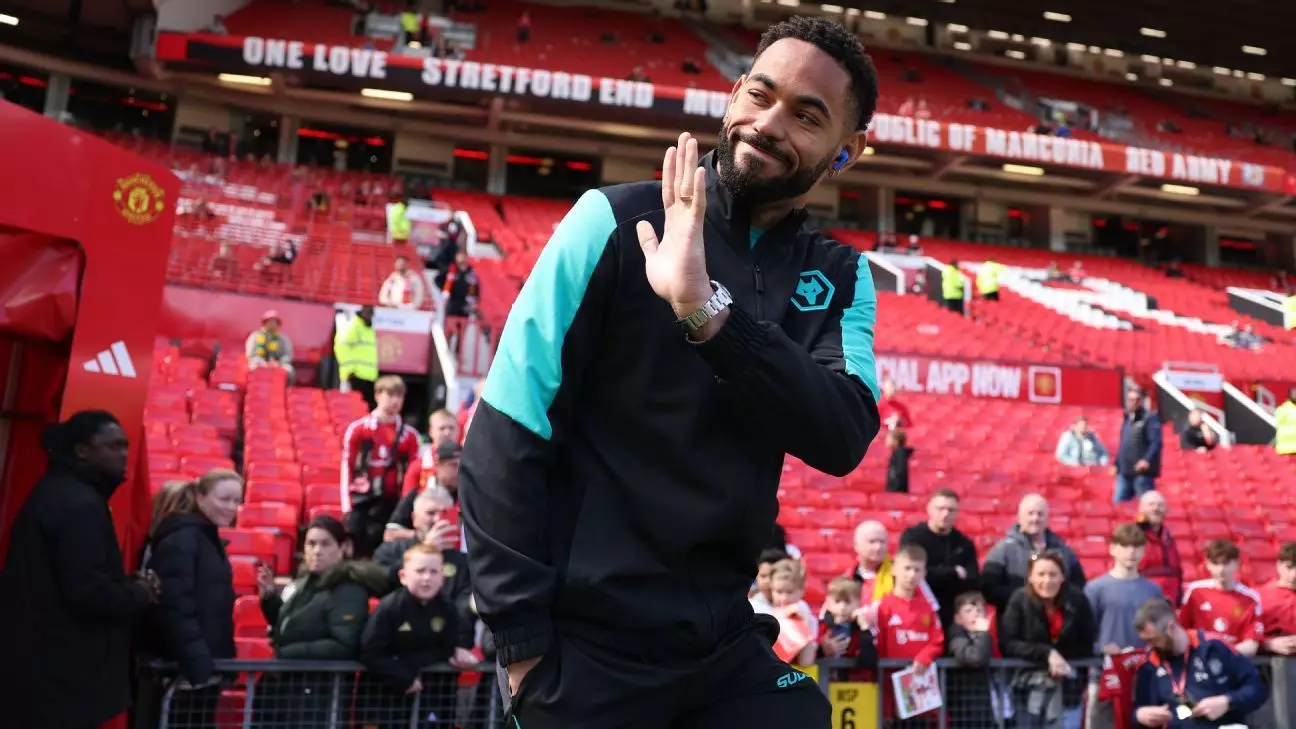The January transfer window of 2024 proved to be a pivotal moment in English football as Premier League clubs collectively splashed out a staggering £370 million. This incredible investment marks a considerable leap from the mere £100 million spent in the previous year, highlighting a trend of escalating expenditures in a league already notorious for its financial muscle. Notably, Manchester City emerged as the dominant force, contributing about £180 million to that total. While this figure falls short of the record £815 million spent in 2023, it raises the important question: Is this an unprecedented escalation, or merely a snapshot of typical Premier League behavior?
A notable aspect of this transfer window was its bifurcated nature, influenced by the introduction of the FIFA Club World Cup. Beginning June 1 and temporarily closing on June 10, it then reopens on June 16, suggesting that clubs must adapt their strategies and timelines amid a more complex landscape. This unusual structure implies that the summer window may see more financial frenzy, driven by heightened competition and early deals that set the tone for eventual signings.
Key Transfers and Their Implications
Diving deeper into the individual transactions reveals a fascinating tapestry of ambition, caution, and strategic foresight from clubs across the league. For instance, Wolves’ acquisition of Brazilian striker Cunha stands out. Initially, his price tag of £44 million was debated, particularly given his goal-scoring difficulties. However, Cunha has since proven his worth, contributing significantly in challenging matches, especially under coach Rúben Amorim’s tactical system. The duality of his character, showing promise while battling bouts of hot-headedness, makes him an exciting gamble for a Manchester United side that desperately needs more offensive dynamism.
On the other end of the spectrum, Bournemouth’s signing of center-back Huijsen for £50 million stands out as a smart move. He made waves with his impressive performances in the Premier League, reminding fans of former Barcelona star Gerard Piqué with his dribbling and defensive acumen. Although Bournemouth only enjoyed his talent for a season, arresting his release clause provided them with an unexpectedly windfall with caveats, suggesting they understood this transfer was always set to be temporary, yet lucrative.
Chelsea, traditionally known for high-profile splashes, continues evolving its tactical frameworks. The incorporation of 18-year-old Geovany Quenda, tucked within a complex deal involving defensive midfielder Essugo, represents a strategic long-term investment. While Essugo’s raw aggression in the midfield highlights Chelsea’s pursuit of dynamic players, it also severely limits future options for freedom in tactical adaptations.
Plethora of Fresh Faces
The Premier League’s landscape is further marked by clubs acquiring youthful talent with exquisite potential. Liverpool’s signing of goalkeeper Mamardashvili for €35 million should not just be seen through a monetary lens; rather, it signifies a shift in mentality. With comparisons to Gianluigi Donnarumma swirling around a goalkeeper just shy of 25 years old, Liverpool solidifies itself as a hub for nurturing young talent. Their strategy of outbidding competitors while safeguarding the squad’s depth has proven effective; preserving a player’s development by granting a loan-back was a clever method to maneuver within league constraints while ensuring minimum disruption.
Additionally, Chelsea’s bold investment in 17-year-old Estêvão, who has already garnered substantial attention and comparisons to legends, signals its clear intent. Committing to a fee that could potentially exceed €67 million emphasizes the belief that genuine talent, particularly one referred to as “Messinho,” often doesn’t remain available for long. Chelsea appears to understand that these high-stake gambles could lead to extraordinary windfalls in the future as they navigate an increasingly competitive landscape.
Challenges and Looks Ahead
Despite the overwhelming excitement surrounding these deals, there are salient challenges to consider. The prospective view of summer signings might lead to heightened inflation in the transfer market, as clubs aspire to learn from mistakes or bolster weakened areas in their squads. Nevertheless, there’s still uncertainty over whether all Premier League clubs can sustain these spending levels whilst maintaining a semblance of Financial Fair Play compliance.
Moreover, not all acquisitions have received enthusiastic reviews. For Bayern Munich, securing defender Tah appears risky. While his recent trajectory under Coach Xabi Alonso produced success, investing significantly in a player whose pedigree is still questionable brings risks. Adding a hefty signing bonus along with substantial wages raises eyebrows and indicates that Bayern’s gamble, while potentially rewarding, may lead to inconsistency if expectations remain unmet.
These dynamics portray a league not only fueled by competition but also by an evolution that incorporates youthful tenacity and strategic foresight. With increasing investments being made in top-tier talent, the January transfer window heralds an exciting, if uncertain, future for Premier League clubs looking to redefine their identities on both domestic and international stages. As the summer approaches, it will be intriguing to see which clubs capitalize on the opportunity and how they navigate this ever-evolving football landscape.

